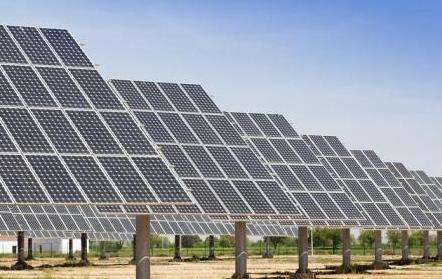First of all, 220V is sufficient to power most household appliances. However, if you find that your permanent magnet DC motor wind turbine cannot power your home appliances, it may be due to the following reasons:
Insufficient Current: Your generator may not be producing enough running to get home. Appliances. You need to check that your generator produces enough current at all wind speeds.
Cable resistance is too high: The cable connecting the generator to the appliance may have too high a resistance, restricting the flow of electricity. You need to check if the cable is intact and if it is damaged or has poor contact.
Capacitance matching problem: Some household appliances require specific capacitors to function properly. You should check if your devices require cparticular capacity and if your generator creates this capacity.
Insufficient motor power: The permanent magnet DC motor you are using may be too small to operate some larger appliances. You may consider upgrading to a more powerful motor.
What should be added to the output depends on the specific cause of the problem. If this is due to insufficient current, you may need to add a booster device to the generator to increase the output voltage. If the cable resistance is too high, you must replace the cable. If it is a capacitor matching issue, you may need to add appropriate capacitors to the circuit. If the motor power is insufficient, you should replace it with a more powerful motor.
The principle of a wind turbine is to use wind energy to rotate the blades of the wind turbine, and then increasethe rotation speed using a speed multiplier to encourage the generator to produce electricity.
The small wind power generation system is very efficient, but it is not only composed of a generator head, but a small system with certain technological content: wind turbine, charger and digital inverter.
A wind turbine consists of a nose, a rotor, a tail and blades. Each part is very important. The blades are used to receive wind energy and convert it into electricity. energy passes through the nose; the tail is used to The blades are always oriented towards the direction of the incoming wind to obtain maximum wind energy; the pivot allows the nose to rotate flexibly to adjust the direction of the tail; the nose rotor is permanent; magnet, and the stator winding cuts the magnetic lines of force to generate electrical energy.
Mechanical connectionic and power transmission of wind energy production. The blades of the horizontal axis wind turbine are connected to the universal elastic coupling through the gearbox and its high-speed shaft to transmit torque to the generator drive shaft. This coupling should have good vibration damping and absorption characteristics, which means that it can absorb an appropriate amount of radial, axial and some angular deviations, and the coupling can prevent overloading of the mechanical device. The other type is the direct drive type of fan motor where the blades are directly connected to the motor without passing through the gearbox.














